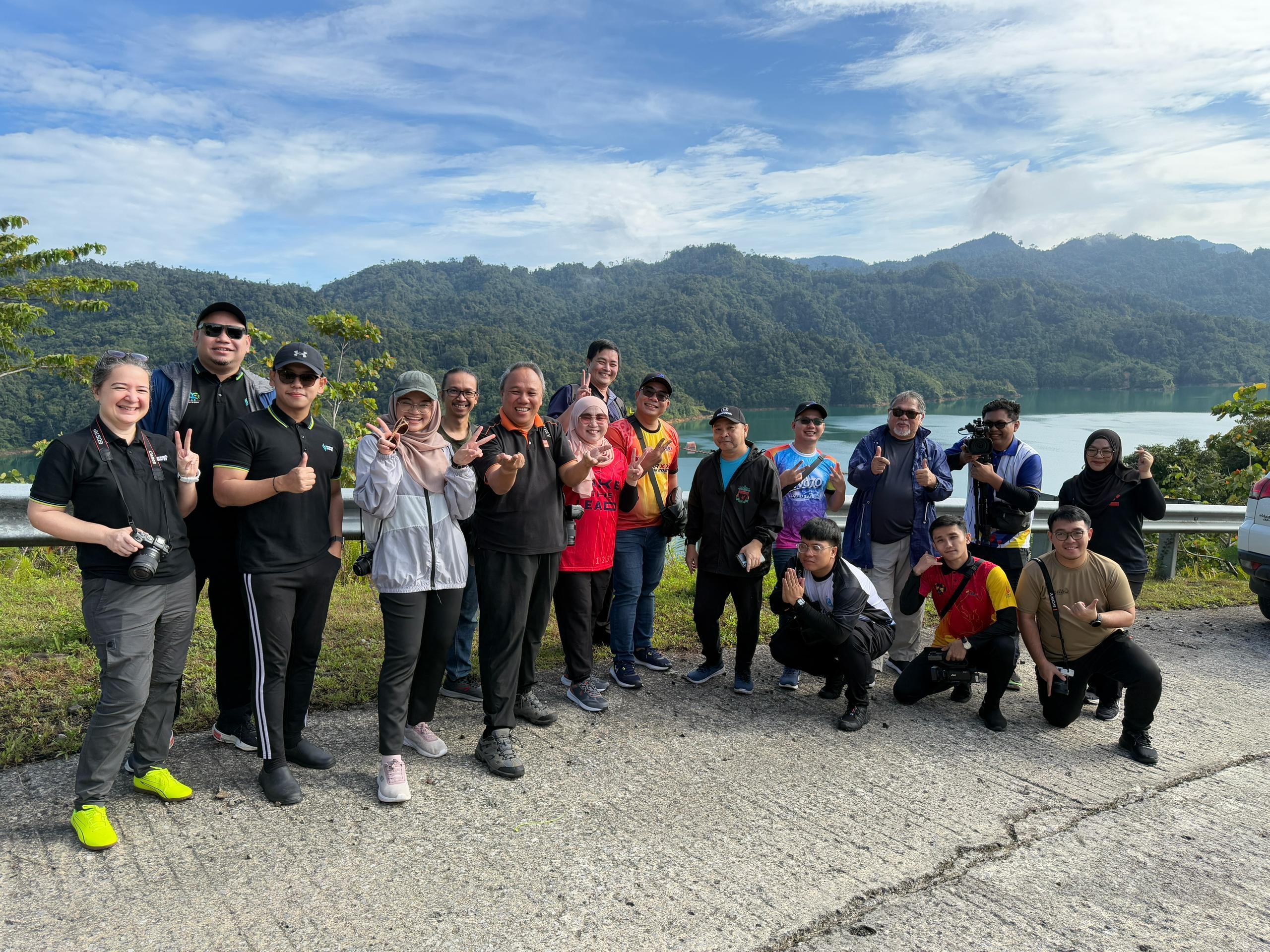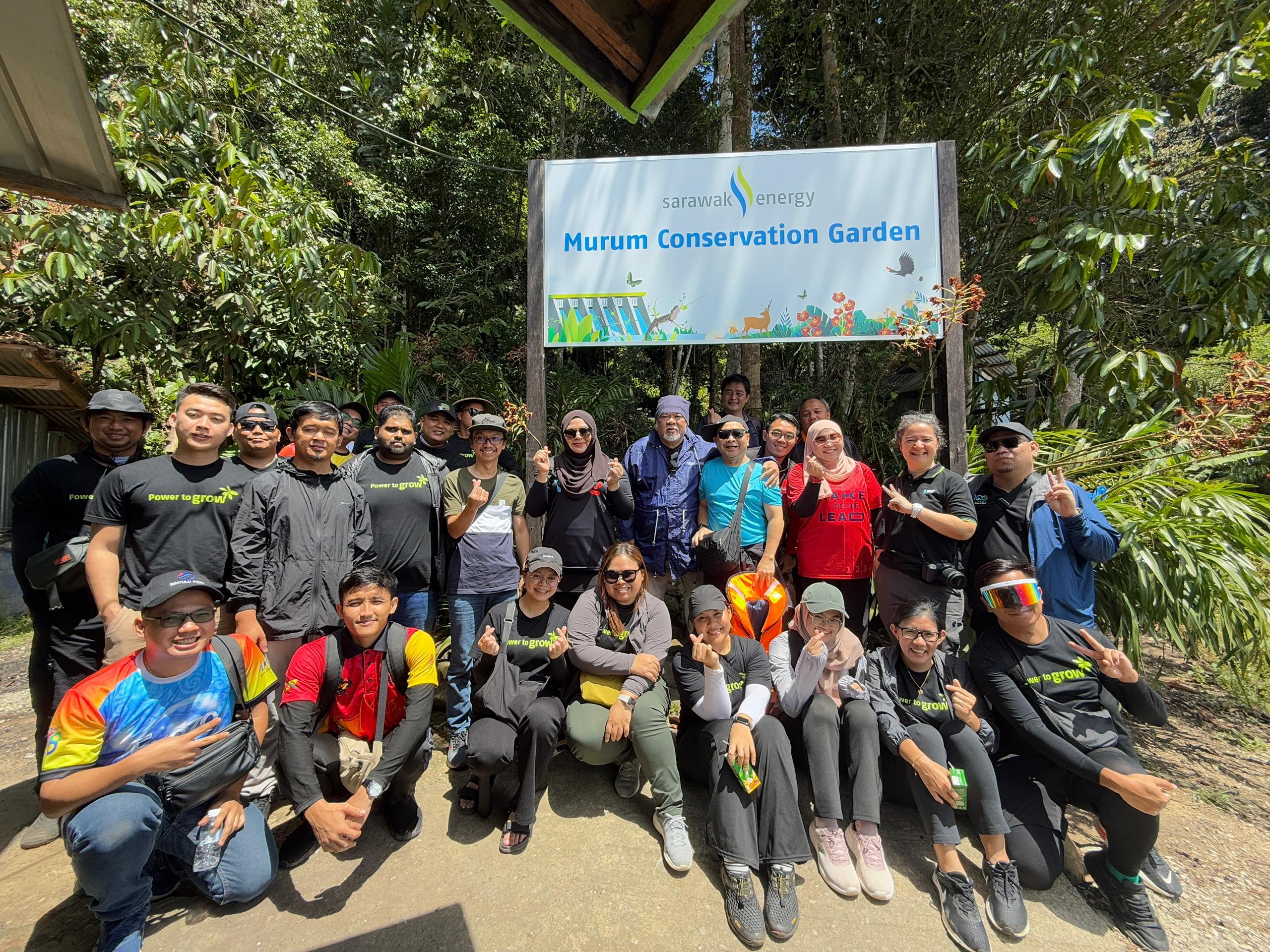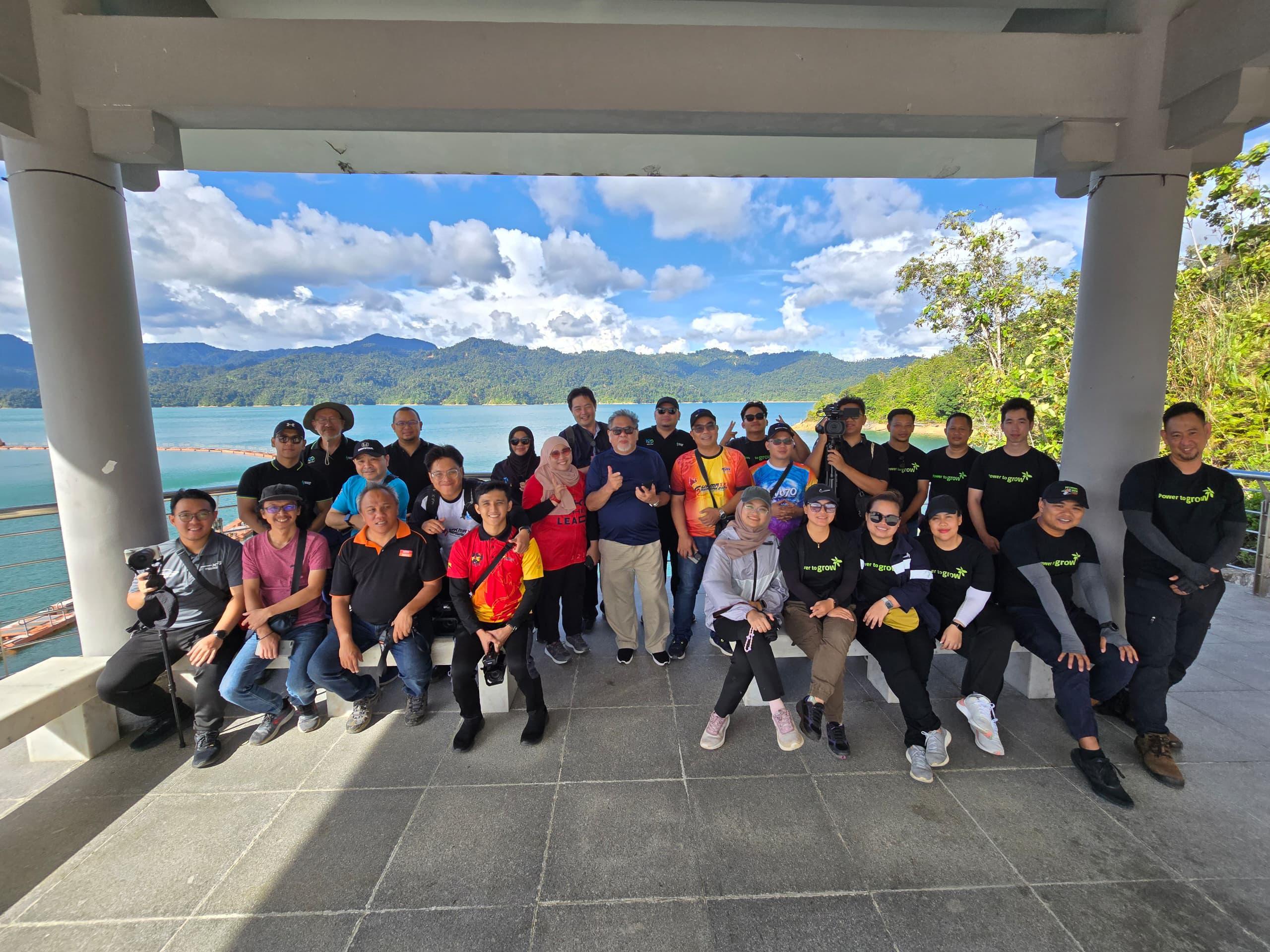

NEWS & UPDATES
Sarawak Energy Hosts Media Visit to Murum Hydroelectric Plant
MURUM
7 NOVEMBER 2024
Sarawak Energy hosted a media visit trip to the Murum Hydroelectric Plant (HEP) from 5 to 7 November 2024 as part its annual media engagement programme. Fourteen journalists were given an in-depth look at the facility’s operations, highlighting Sarawak Energy’s commitment to transparency and open communication with stakeholders.
Currently, Sarawak's available generation capacity stands at 5,745MWof predominantly renewable hydropower, complemented by thermal resources of indigenous coal and gas for security of supply and diversity.
The 944MW Murum HEP, located in the Belaga District, Kapit, was commissioned in 2014. It is currently Sarawak’s second-largest hydroelectric plant after the 2,520MW Bakun HEP, and represents the company’s second major renewable energy project since the commissioning of the 94MW Batang Ai HEP in 1985. Bakun HEP was acquired by Sarawak Energy in 2017.
Together with Sarawak Energy’s other hydropower facilities, Murum HEP has a critical role in advancing Sarawak’s Post-COVID-19 Development Strategy 2030 (PCDS2030) in elevating Sarawak to high-income status by harnessing renewable energy resources and delivering secure and reliable energy.
In 2022, Sarawak Energy included Renewable Energy Certificates (RECs) generated from the Murum HEP under the I-REC registry, an online platform designed for transparent, secure, and reliable tracking of RECs. RECs represent the environmental attributes of one megawatt-hour of renewable energy generated and play a vital role in enabling organisations to meet renewable energy targets and reduce their carbon footprint.
The Murum HEP RECs were auctioned during Bursa Carbon Exchange’s inaugural auction of RECs on 25 June 2024, where a total of 15 buyers from various industries purchased a total of 268,800 Hydropower RECs from vintage year 2024 (HRECv24) Contracts.
The Murum HEP reservoir is also the site of a potential floating solar power plant being assessed as part of a recently signed trilateral joint study agreement between Sarawak Energy, clean energy solutions provider Gentari Sdn Bhd and United Arab Emirates state-owned clean energy provider, Abu Dhabi Future Energy Company PJSC (Masdar). The feasibility study aims to assess the potential for a large-scale floating solar installation on the Murum reservoir and will encompass technical feasibility, environmental impact, and economic viability to determine if the project can be successfully implemented.
All hydropower facilities operated by Sarawak Energy adhere to guidelines set by the International Commission on Large Dams (ICOLD) and the Hydropower Sustainability Standard (HSS). In addition to complying with ICOLD’s international construction standards, the Murum HEP is monitored by both internal and external systems to ensure operations consistently remain within safe parameters.
The Murum HEP was developed in full compliance with Sarawak's laws and regulations, with approvals granted following a Social and Environmental Impact Assessment (SEIA) by the Natural Resources and Environment Board in 2008. Community engagement was prioritised early in the process, through the Resettlement Action Plan (RAP) to provide socio-economic support, infrastructure, and cultural preservation for the Penan and Kenyah communities.
Sarawak Energy’s commitment to the Murum host community’s welfare includes Corporate Social Responsibility (CSR) initiatives focused on literacy and livelihood programmes, such as the Murum Penan Literacy Programme to address low literacy rates amongst the adult resettled Penans, Murum Handicraft Development for sustainable livelihood, Murum Penan Education Fund to empower the youth and the Murum “Tagang” system which aims to conserve the area’s fisheries.
Murum HEP’s original design was modified to incorporate ‘Batu Tungun’, a natural rock formation sacred to the local Penan community. While the initial plan involved cutting through part of the rock formation, the design was adjusted after feedback from the local community representatives.
Sarawak Energy also partnered with the Sarawak Forestry Corporation to conserve local ecosystems, establishing the Wildlife Monitoring and Rescue (WiMoR) programme which focuses on wildlife monitoring, habitat restoration, and supporting the long-term sustainability of local ecosystems. Under the WiMOR operation, the Murum Conservation Garden was set up in 2015 to conserve native plant species in the reservoir area. An estimated 32,000 plants with around 12,000 tree seedlings have been relocated or planted at the reservoir area including on the island which covers approximately 1.4ha of land.
Under the guidance of the Sarawak Government and the Ministry of Utility and Telecommunication, the company is accelerating its rural electrification programmes to support Sarawak’s ambition of achieving full electrification by 2025, ahead of the United Nations Sustainable Development Goal (UN SDG) No. 7 target (Affordable and Clean Energy) of 2030.
Additionally, Sarawak Energy aims to be a renewable energy powerhouse for ASEAN, with its power export activities regulated by the Ministry of Energy and Environmental Sustainability, established to drive green energy and sustainable development in the region.


Group photograph with media representatives overlooking the Murum HEP reservoir.


Media representatives were taken on a guided tour of the Murum reservoir and the Murum Conservation Garden to learn about Sarawak Energy's sustainability efforts, including native plant conservation and the Wildlife Monitoring and Rescue (WiMoR) programme.


A tour of the Murum HEP main dam.